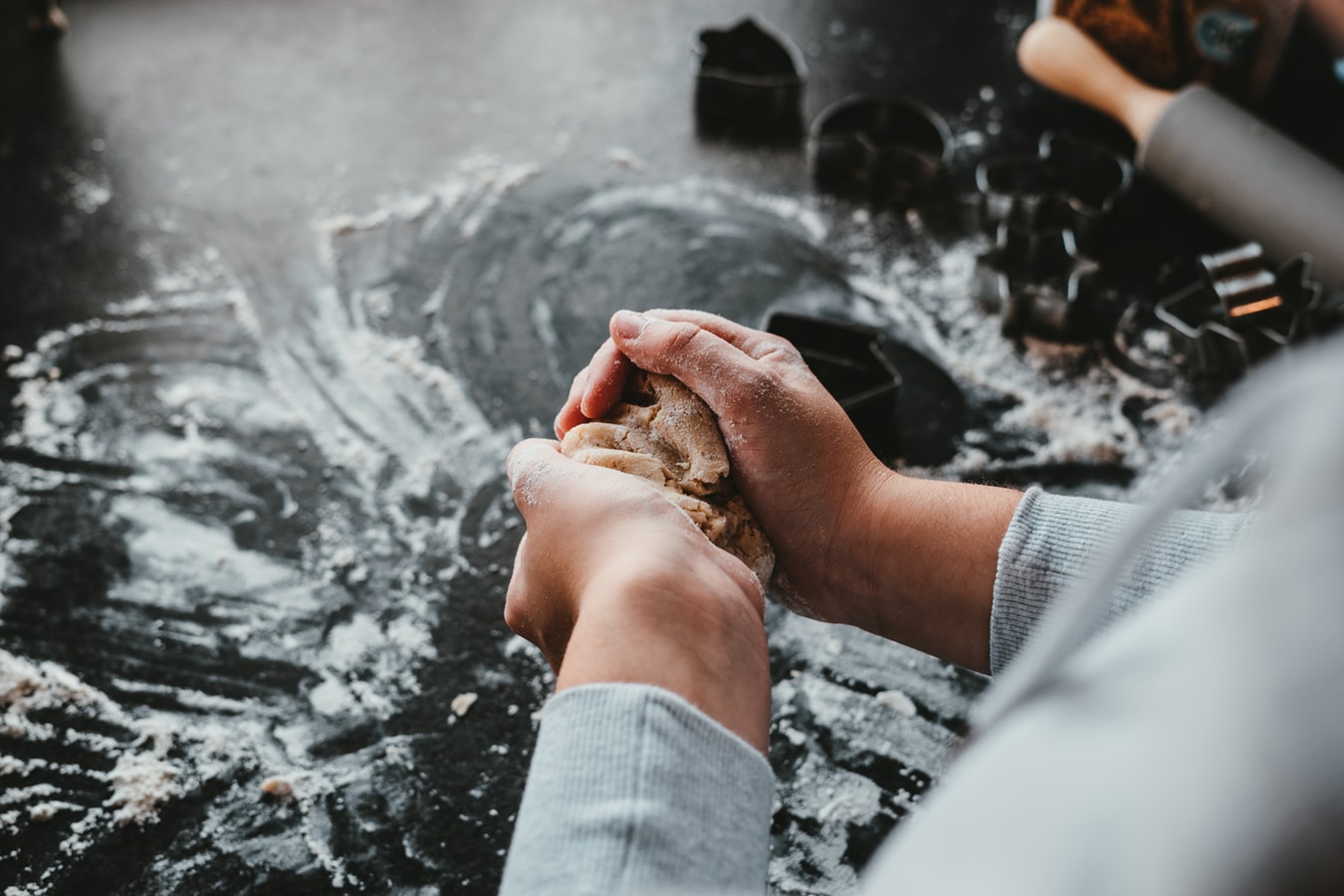“Dear Jan, sometimes in the Daily Sparkle I see suggestions of cooking activities. I think they sound like great fun – I know a lot of my ladies would love it! But I have no idea where to start… Where do you run the session and how? Help please!”
Rhiannon, Wellbeing Manager
Dear Rhiannon,
Cooking activities can be great fun. They can involve many residents, regardless of their culinary ability – I used to have one gentleman who was chief taster and another who was supervisor!
There are many ‘no cook’ recipes available on the internet, as well as many recipes where you can do the preparation in a group session and then pass it over to the kitchen to do the cooking. Remember, if choosing a no-cook recipe to avoid anything containing raw eggs.
Before you begin, refer to your home’s policy on food hygiene and risk assess the activity carefully. If you need to use sharp knives for chopping, think about this as a positive risk. Your residents will have been using knives all their lives. Can they continue to do so in a safe and supervised environment? You know your own residents, so you must make these decisions prior to the session starting.
Where to hold a cooking activity session
You will need to run the session in a well-lit room, preferably close to the kitchen so that you can access ingredients and utensils easily. The dining room is often a good option as they tend not to be carpeted, which makes cleaning up easier.
What you’ll need
- Hand washing facilities and hand sanitiser.
- Disposable aprons and gloves, if these are an option.
- Plenty of staff and volunteers to run the session smoothly – you should never leave your residents unsupervised.
- Wipe-clean plastic tablecloths to cover surfaces.
Choosing a recipe
Think about the time of year – are there any events coming up that you could make something for? Whether it’s Valentine’s Day, Easter, Harvest Festival – whatever is happening that month, there will be an occasion that you can incorporate.
Many of your residents will be good cooks and many will remember favourite recipes. Try to involve your residents in choosing what to make and recalling ingredients.
Below are some suggestions of things that are always popular to make (and eat!)
- Decorating pre-made cupcakes or digestive biscuits – this is probably the easiest option as a first ‘cooking’ session!
- Cheese straws – this recipe involves lots of rolling out and grating of cheese, so a great group activity.
- Pastry making – make shortcrust pastry by rubbing the margarine into the flour, rolling out and cutting into circles. Transform the pastry into tasty jam or lemon tarts by dolloping a spoonful of jam or curd on each.
- Making biscuits is a great activity as there is plenty of rolling and cutting out involved.
- Vegetable soup – chop up carrots, onions and any spare vegetables that your chef has to hand. Ask your chef to cook and blend the prepped soup, and serve with bread rolls for lunch.
- Simple sweets – dip marshmallows into melted chocolate, then dip again into hundreds and thousands. Leave to set.
- Buy ready-made sponge flans, then ask your residents to arrange fruit (such as tinned peaches, fresh raspberries, fresh blueberries or sliced kiwi) in patterns. Pour over Quick-Gel and allow to set.
- Chocolate tiffin and refrigerator cake also work well as no-cook options.
Running the session
The key is to give each resident a task that is suited to their physical and cognitive ability. One may weigh ingredients, another may sieve flour or grate cheese. Some may have the strength to pour or whisk ingredients, whilst others may just choose to decorate at the end.
Allow time at the end of the session for clearing up, and encourage your residents to help with this if they are able to.
Most importantly, make sure everyone gets the chance to taste the results!
Best of luck, and please let me know how your first session goes.
Best wishes,
Jan
Submit your own questions to Jan by emailing .u




